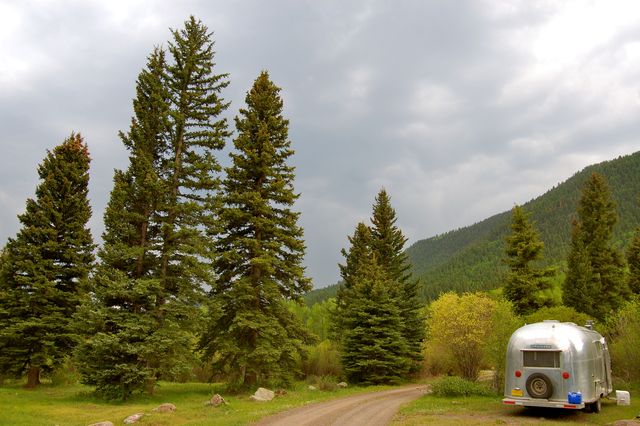
Whenever you take young children on outdoor adventures, there will invariably come a moment when you’ll ask yourself, head in hands, between clenched teeth, possibly on the verge of tears or mental breakdown: How could this possibly be worth it? At the time, invariably, the answer is: It’s not. At least not yet. No matter how gorgeous or remote the wilderness, how soothing the river rushing by, how blissfully tuned out you are from the racket of the rest of the world, you will arrive at this moment. And it will suck.
In northern New Mexico, the Rio Chama cuts a winding path through tawny sandstone walls and banks thick with sagebrush and ponderosa pines. Georgia O’Keefe lived and painted in Abiquiu, near the mouth of this wilderness canyon, for decades. Federally protected as a Wild and Scenic River, the Chama is so serene that an order of Benedictine monks live nearby in a solar-powered, sustainable monastery, , they built on the banks. Visitors come from around the world to live in silence for a few days, and on some still mornings you can hear the sound of the monks' chanting rising up above the steady downstream thrum of the river. My husband and I have camped, kayaked, canoed, and rafted here every summer for the past 12 years. Less than two hours from Santa Fe, up a rutted dirt road a dozen miles from pavement that becomes impassable when it rains, beneath buttes shaped like wedding cakes and natural amphitheaters carving themselves into the creamy cliffs, this is our happy place.
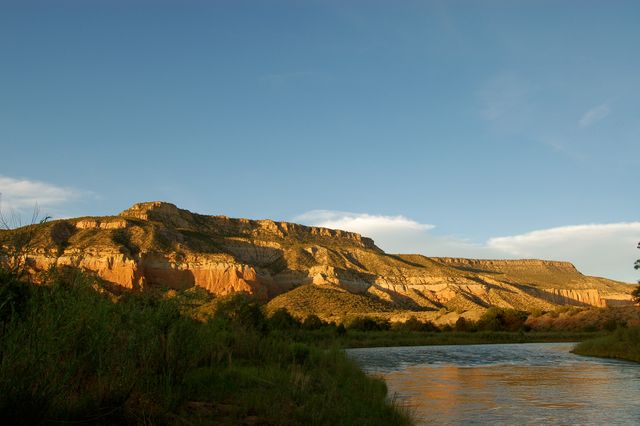
Or at least it was until last weekend.
We’d called off a five-day rafting trip on the Green River in Utah because my husband was slammed with work and needed to stay closer to home. But I’ve learned that when you’re most stressed and beleaguered is when you most need to play outside for a couple of days, far from cell phones, schedules, and responsibilities. That’s when you need the backcountry cure.
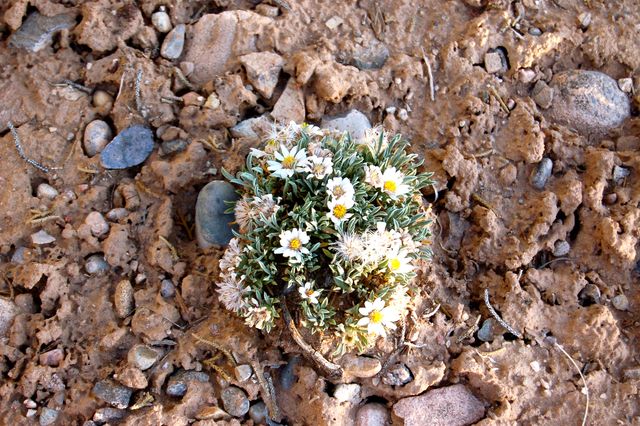
So for consolation, we hitched up our 1961 Airstream, loaded the truck with two kids, cooler, dog, clothes, gear, and canoe and drove north to the Rio Chama. You can camp for free along the 13-mile stretch between the main road and the monastery, but it was a Friday night, and all our favorite spots were taken, so we rumbled up to the near the end of the road and pulled in to the last open spot along the river. The girls practically fell out of the truck with excitement. A rattlesnake slithered by in the sage brush, and we walked through scruffy willows to the water to watch the sinking sun paint the cliffs orange.
It’s hard to imagine a more beautiful spot—and so close to home. Only one thing had fallen off the Airstream on the drive up (the spare tire cover, discovered when a woman drove by us making frantic circling gestures with her fingers), so we were feeling a little smug as we tucked the girls into the trailer’s fold-down bed, cracked a couple of beers, and settled into our camp chairs to watch the stars flicker on. We were in our favorite place. We’d gotten this Airstream thing dialed. Life was….
The trailer was shaking. Inside, little pajamed bodies were thumping about, giggling. Steve and I tried to focus on our beers and our books. Surely they would settle down. We’d waited until dark, long past their bedtime. No doubt they were very, very tired. Only they weren’t. Clearly not. We took turns putting them back in the bed, speaking in stern tones about getting enough sleep. Still they tossed about, shrieking. In an unfortunate coincidence, we knew the neighbors at the next camp; they happened to be Steve’s clients who’d traded us the Airstream. Maybe this was their payback for sticking us with a ramshackle trailer that was clearly designed to torture young families: They’d have to listen to our girls’ ruckus all night, as would we.
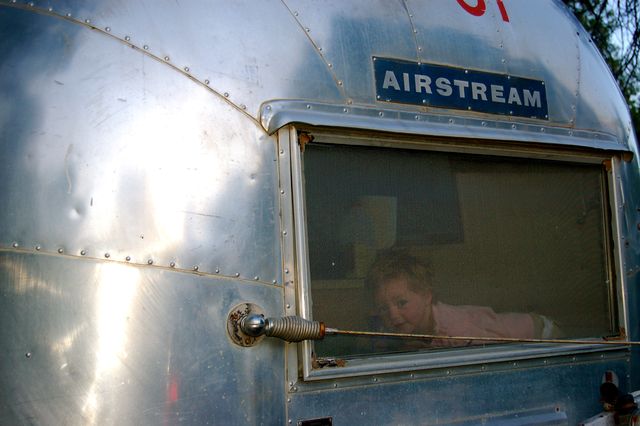
Photo: Katie Arnold
Eventually I excused myself and walked around the campground, watching the lopsided moon rise to the south. When I returned, all was quiet. I exhaled for the first time in an hour. Then we heard the singing. Our one-year-old was crooning a song recognizable only to herself. No one sang back. The three-year-old was asleep. Surely it would only be minutes before deep slumber grabbed the little one in its clutches and took her down for the night.
Hopeful, Steve and I snuck into the Airstream and crawled into bed. Up front, the little demon, usually such a solid sleeper, was still awake, tossing, snickering, singing. It went on for hours, intermittently. Like popcorn popping, she’d settle down long enough to trick us into thinking she’d gone to sleep only to start chit-chatting again in mid-conversation, a sound so insistent my ear plugs couldn’t drown it out.
At some point in the dark, desperate, sleepless night, the question reared up from the piteous depths of my subconscious and grabbed hold: Why on earth do we do this? Why are we crammed into this rattletrap trailer when we could be at home, tucked into our own beds, sleeping like babies. Why bother? Why, why, why?
It’s impossible to answer that question in the middle of the night, and if you can answer it, you should be deeply suspect of your answer. Three seconds seemed to pass, and then the toddler talk show began again. I opened my eyes to a heinous sight. At some point, without permission, dawn had crept into the Rio Chama campground; judging from the eerie grey glow, the color of soggy washing machine lint, it would a while before the sun was up. Morning on the Chama is always a lovely, peaceful time, but not before the birds are awake. Even the monks were still sleeping.
I hid under the covers for a long time, cursing our decision to go camping. I’d been craving the solitude, simplicity, and serenity you can only find in the wilderness, but so far all of the above were in woefully short supply. There was nothing to do but make the best of it: hot oatmeal and coffee in the Airstream’s micro-kitchen, a few laps around the campground with the three-year-old on her bike, and soon enough it was broad daylight, summery sunshine filtering through the ponderosas, and it seemed like maybe we would make it after all.
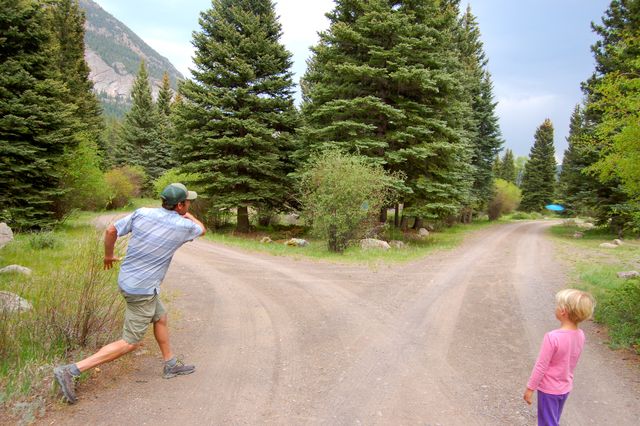
By 9 a.m. we were heading north again, bound for the Conejos River in the southern San Juan Mountains, north of Chama. We wanted water and trails, canyons and mountains, and the Conejos Valley, a wide slice between basalt cliffs, surrounded by 12,000 foot peaks, seemed to promise both. When we drove into , six miles up a rutted forest service road, a small posse of toddlers was scooting around on balance bikes. This seemed like a good sign. Maybe our luck was turning.
We found a perfect spot beneath a stand of Colorado blue spruces and set up camp. The kids next door were going fishing, so we tagged along. Later, the girls made crayon drawings while Gus, the dog, rolled on his back in the grass, and I read a few pages of my book. Heaven. After dinner, we invited ourselves to the site next door for s’mores with two families from Salida and Albuquerque, and then lit our own campfire and sat in the twilight while inside the Airstream the girls conked out without a single protest. Finally, we were in the flow.
So this is why we go. We go for the feeling we had the next morning—when you open your eyes and see the sun sneaking down the cliffs and you’re filled with a survivor’s euphoria: disbelief mixed with gratitude. You go for the spontaneity and the unknowns: At home everything is planned and scheduled, but when you’re out—whether paddling a wilderness river three days from the nearest town or camping in a vintage trailer up a remote valley with no cell reception—the days unfold as they’re meant to: naturally, without design. This, after all, is adventure: You never know what’s going to happen next. The uncertainty teaches you to be nimble and aware, sanguine in the face of sleepless nights, and most of all, enormously thankful: for napping children, a canoe ride across a turquoise lake, a nearly full Moon rising above the river, 15 minutes of peace and quiet to read your book at a picnic table—all the little things you might otherwise be too busy to appreciate.
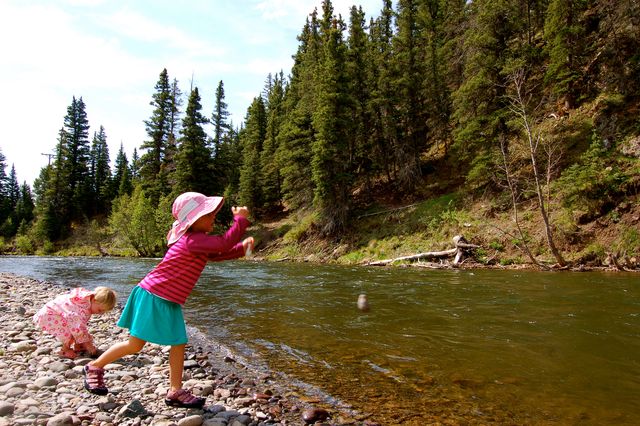
Photo: Katie Arnold
Most of all, we go for the fun of it. Because everyone needs more fun, as much as possible. Every day. We go for the fun of skipping rocks on a cobbly beach alongside a toe-numbing river with friends you just met, for hucking Frisbees along a dirt road, for hiking to a high meadow above tree line and making snowballs from the fat, lingering drifts, for eating mint chocolate chip ice cream cones on the way home, and not obsessively checking email or Facebook for two days straight.
And of course we go to come home again. The sweet satisfaction of pulling into town after a weekend adventure, when the sun’s still high and the house hasn’t burned down and only two things have fallen off or broken on the trailer and it only takes six tries instead of 10 to back the Airstream into the driveway and your husband doesn’t burst a blood vessel or knock over a fence in the process, and inside there is a fridge full of food, toilets, and separate bedrooms for everyone. Real life always seems easier when you come home from an adventure. Until it doesn’t anymore. And when it becomes regimented and frenzied—that’s when you know it’s time to go again.
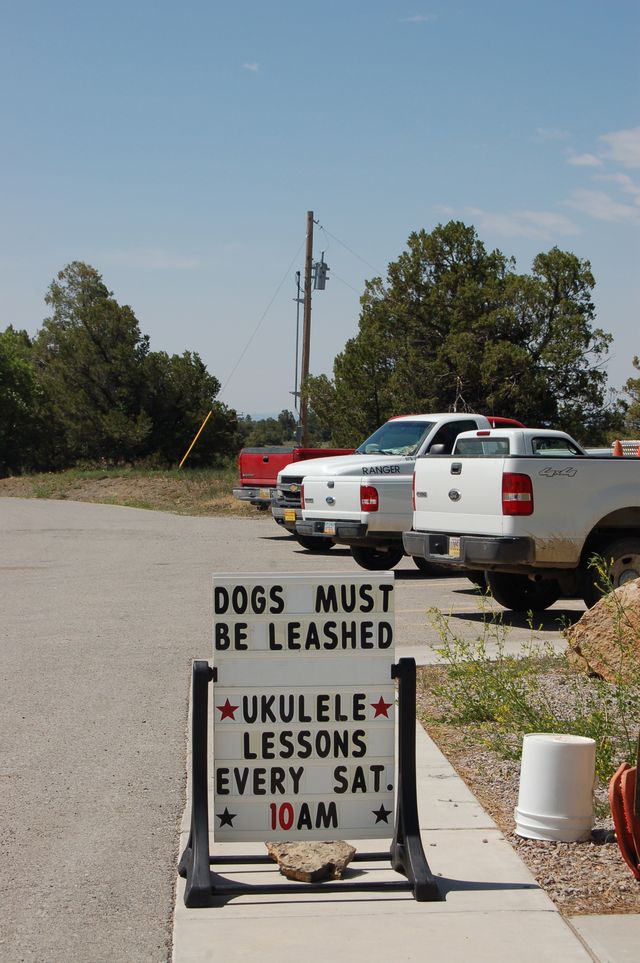
No matter how organized you are, packing, traveling, and adventuring with kids will always be a hassle. You will always wish it were easier, you will always wonder why you came, and at some point during the first 24 hours you will become convinced that it will never, ever be worth it. This a good sign. This means you have been beaten down and are on the verge of surrendering. You're in the flow. And that’s when the real fun begins.
—Katie Arnold